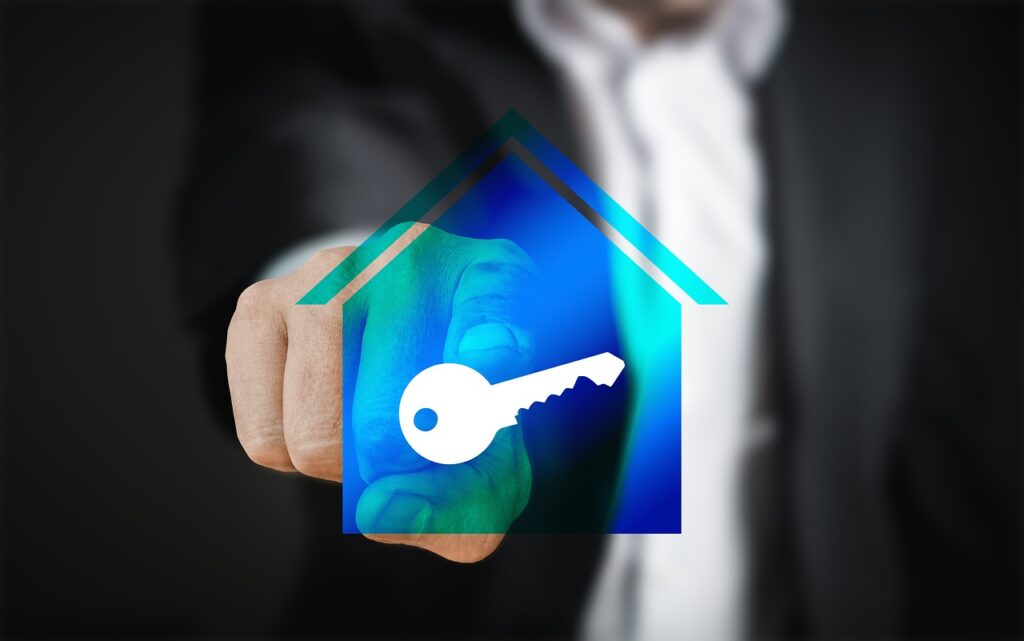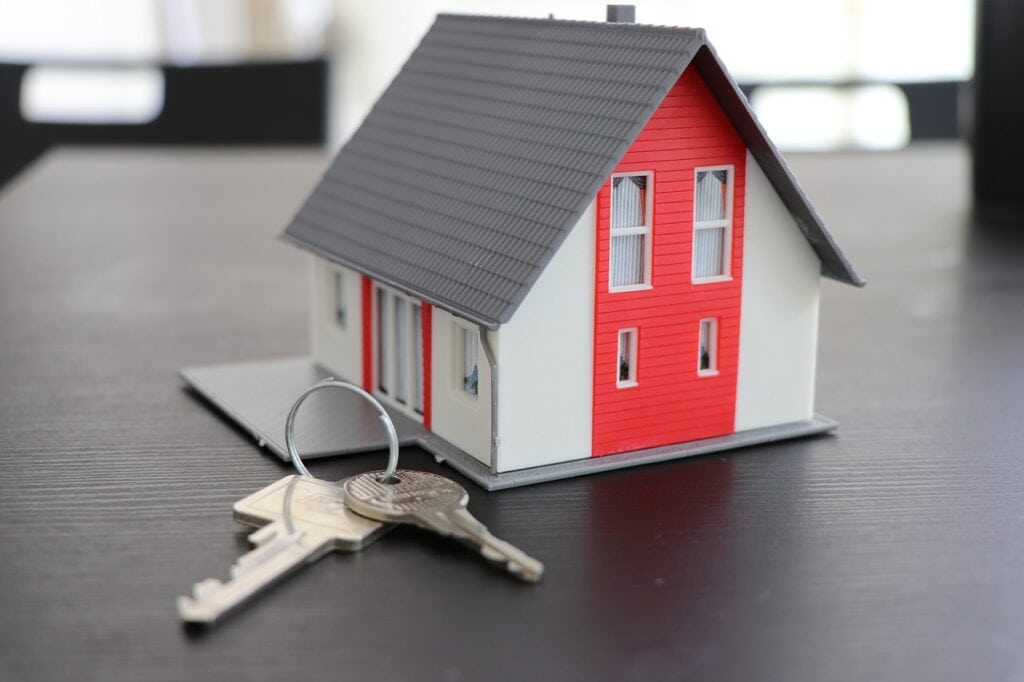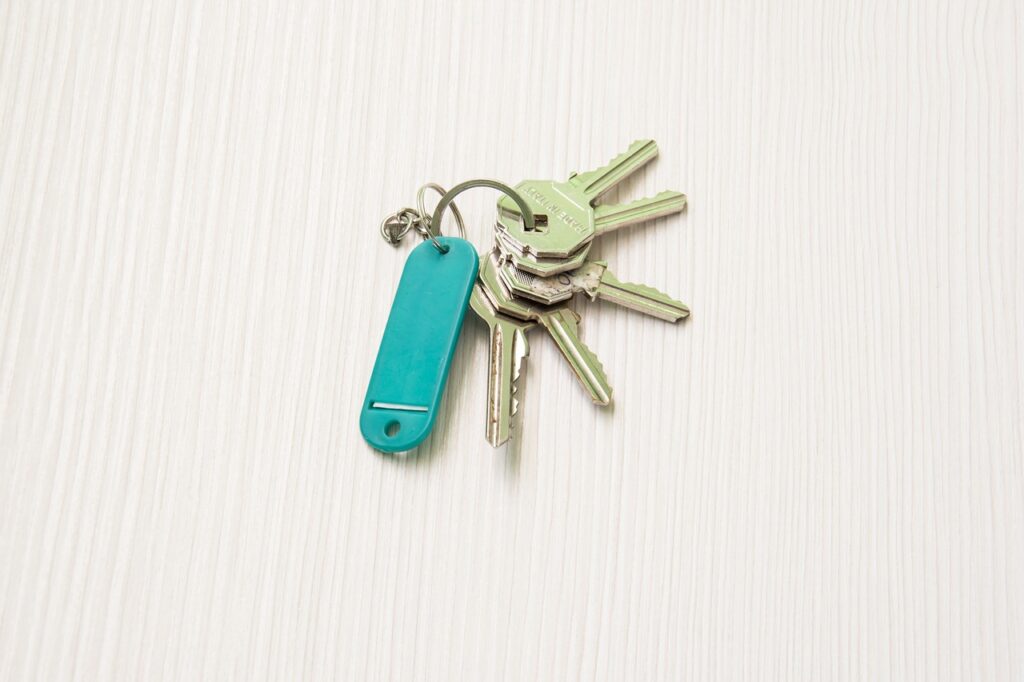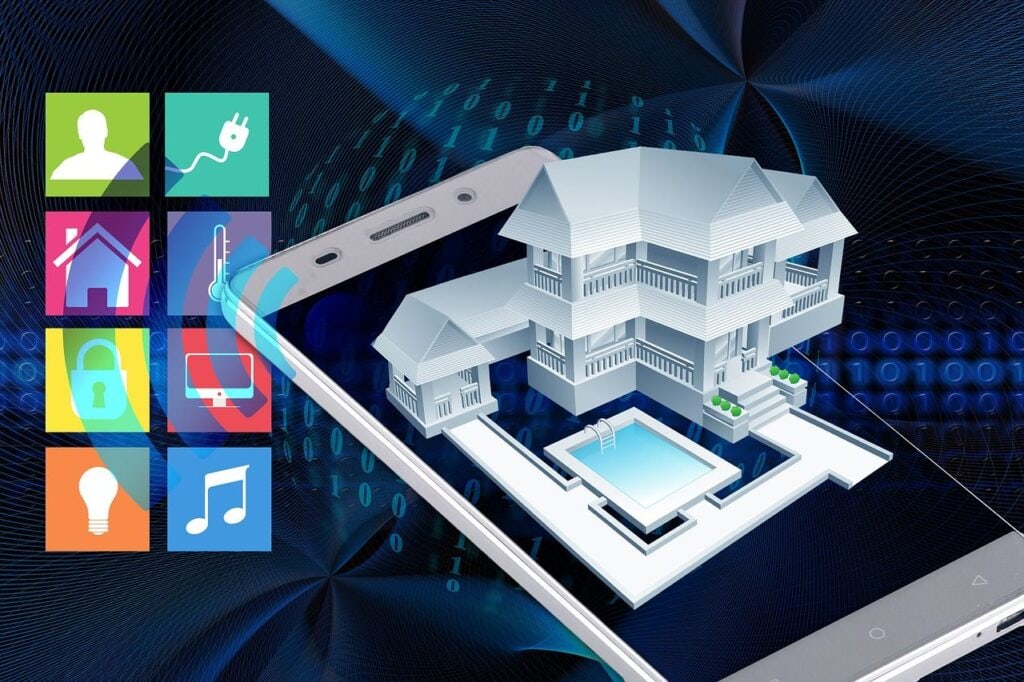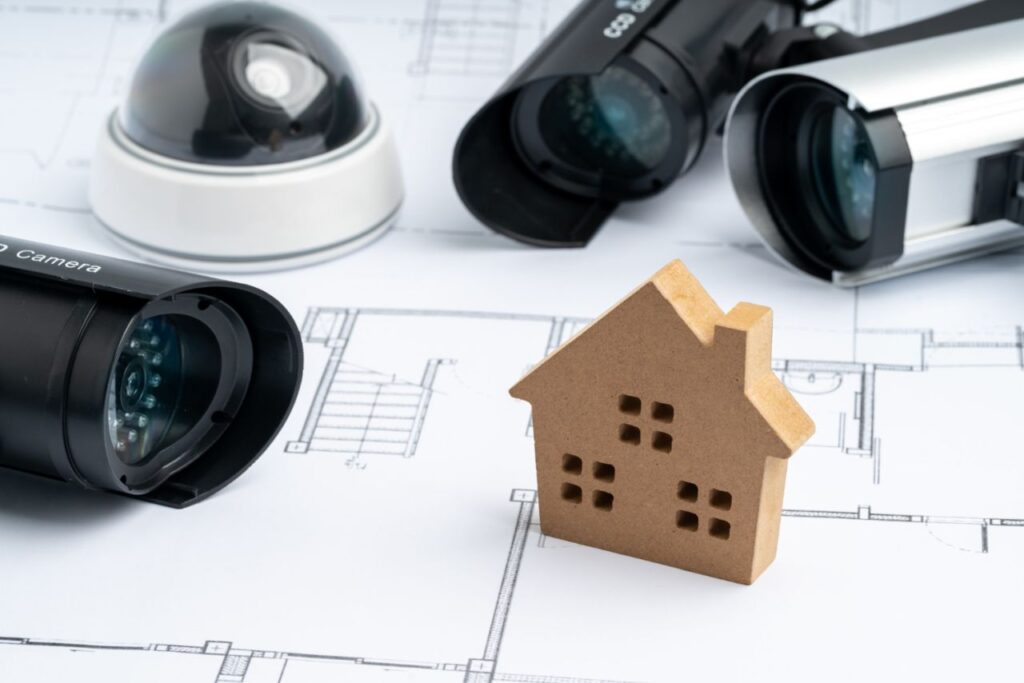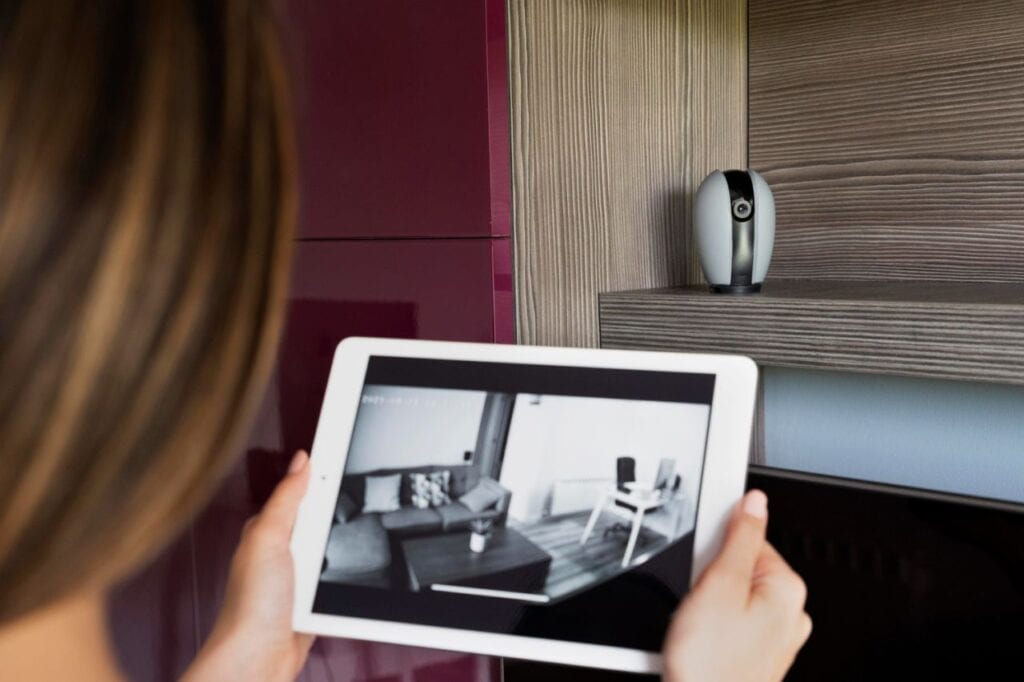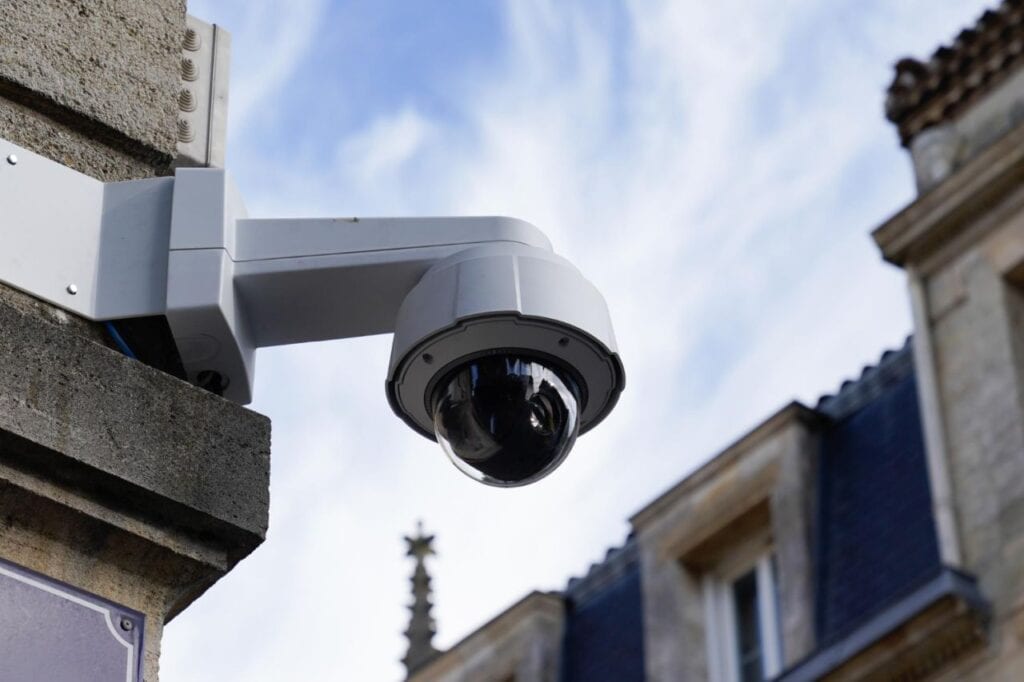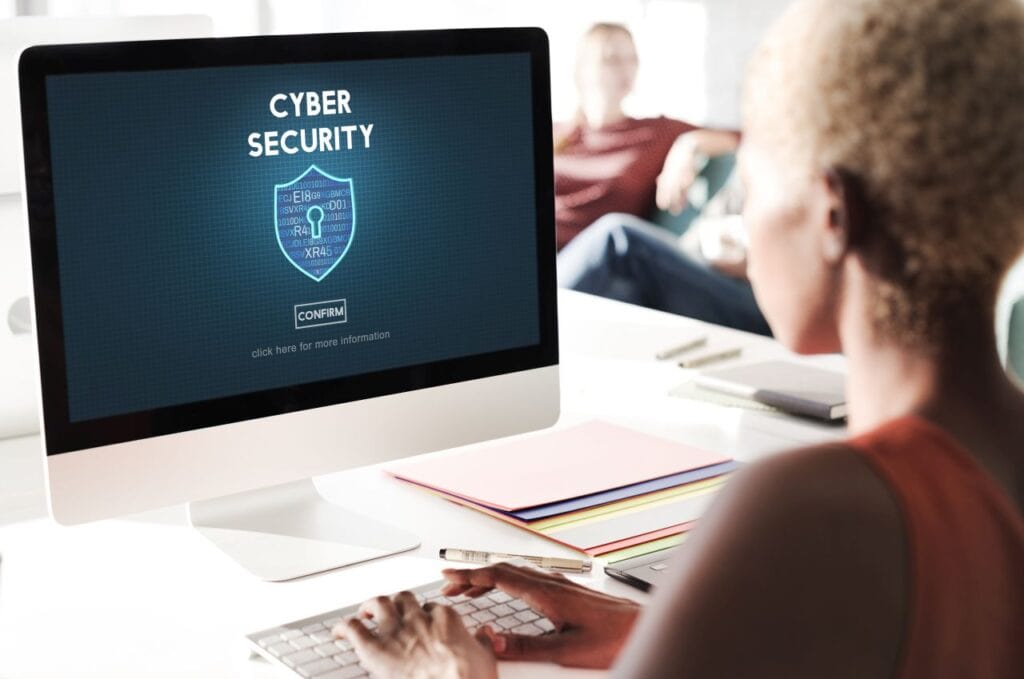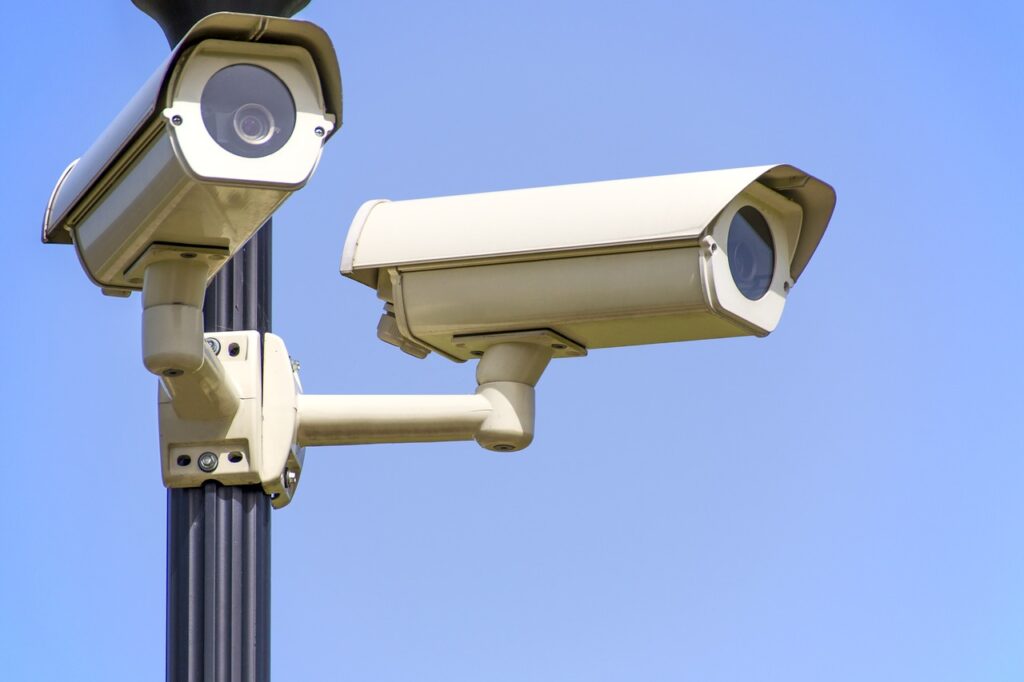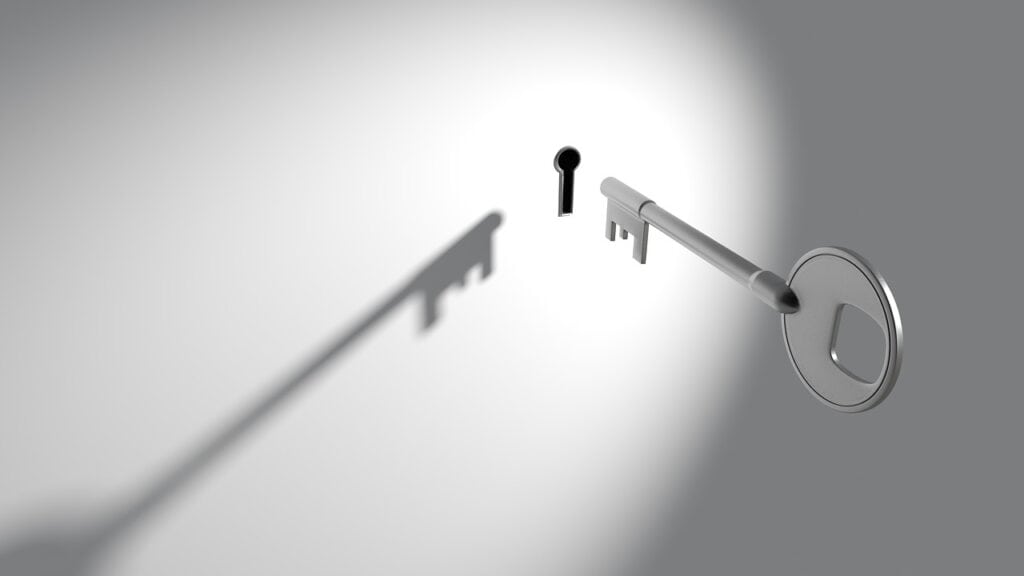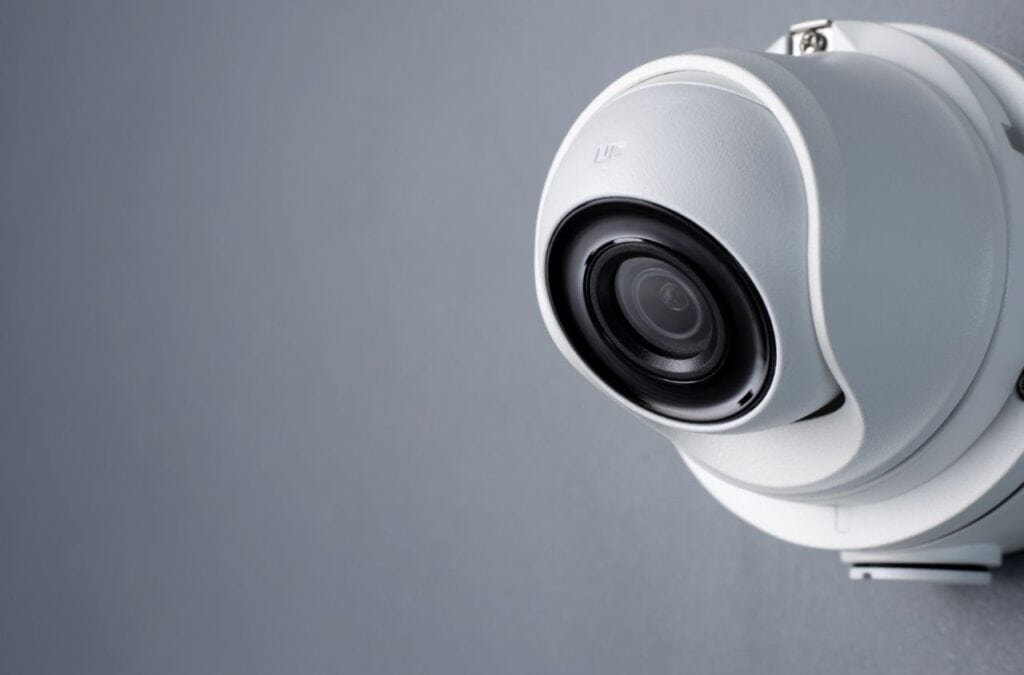A system for access control could be the solution you're looking for if you want to increase the safety of your company. These systems, which help protect assets and valuables by preventing unauthorised individuals from entering, are frequently the very first line of defence. If there is an emergency, having a reliable access control system in place will help you keep track of everyone on the premises.
While most people associate access control systems with large corporations, even a medium-sized business can reap many benefits from installing one.
In this article, we will examine the nature and functionality of such systems. Additionally, we delve into the topic of what to look for in an ideal commercial access control system.
What Function Do Systems for Access Control Serve?
Basically, a system for access control regulates who is allowed to enter a particular location. A form of physical control, it limits entry according to predetermined standards. In this context, identity-verification tools like access card readers and biometric authentication are frequently employed.
If you have a proper access control system in place, you will always know when and who entered which rooms. In the event of a security breach, this can be used as a reference point for quickly pinpointing individuals of interest. CCTV systems are frequently used in conjunction with access control systems to further enhance the safety of a building.
Different Kinds of Systems for Controlling Access
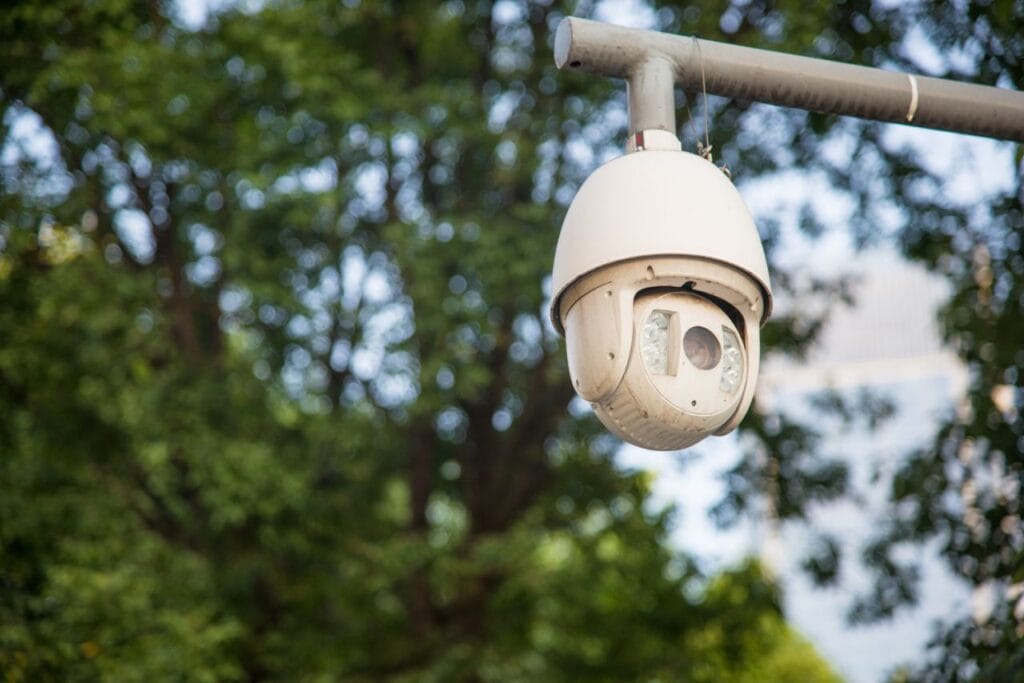
Access control systems in Perth come in a lot of different shapes and sizes. Some are very simple and are made to handle only a few access points. Some are simple, but others are more complicated and make up the core of a strong business security solution.
With so much bad news in the media, safety is a huge concern for many people nowadays. Securing your residences, workplaces, and charitable organisations is crucial. What exactly are you planning to do?
Even if they're helpful, security measures like cameras and alarms can't stop someone from entering your home. An access control system is just what you need. Access control in these systems is implemented using electronic means.
Current access control systems can be found in a wide variety. Actually, these systems have come a long way and now offer many functions that were previously unavailable.
When making an access-control system, you can choose from a few main options. Among these are:
Differences Between Standalone and Networked Interfaces
In contrast to networked controls, which can be used for numerous doors or entry points, standalone controls only work with a single doorway or entry point. Although isolated controls are more convenient to set up, they require separate upkeep and are, therefore, more suited to less busy websites. When controls are networked, maintenance can be centralised, making it simple to roll out modifications across the board.
Wires vs. Wireless Networks
An example of a hard-wired system is one in which every component is physically linked to each other by means of wires. Although this improves business security, it may be challenging to implement in an old building. As opposed to wired systems, wireless ones link via Wi-Fi, making installation more complicated but allowing for placement in virtually any space.
Local vs. Remote
These days, most of the time, the cloud is where the action is when it comes to building and deploying new technologies. This entails less work on the part of system administrators to ensure that the system is always up-to-date and completely working and greater help for users when problems do emerge.
Methods of Gaining Access
Multiple forms of authentication are typically included in access control systems. Some of them will be better suited to your needs than others.
Some typical entry techniques are:
- Identical Cards That Serve as Keys - This is a common and popular entry point because of how simple it is to utilise. It entails providing authorised individuals with ID cards that can be scanned at checkpoints.
- Computers and Other Handheld Electronics - Similar to a key card mechanism, this one allows authorised users to enter by scanning a QR code on their phones.
- Security Codes - A personal identification number (PIN) is used in such systems. This is still another simple entry method; however it carries the danger of code loss or disclosure.
- Biometrics - Newer forms of access control rely on biometric data to verify the identities of permitted individuals, such as fingerprints or retina scans. These characteristics are the most secure method of entry because they are personal to each user and cannot be duplicated or stolen. However, the price tag on such systems is typically the highest.
Access Control Systems Utilizing Card Readers
To gain entry to a building or secure area, one can use a card reader, which is a form of access control that reads information from a swiped or tapped ID card. Tapping-enabled proximity card readers are exclusively used in current systems.
Since keycards can be set to grant access only to the specific locations you specify, you can ensure that your staff has access only to the resources you intend for them to have. And to the places they need to go. If an employee is promoted or demoted, the appropriate permissions can be adjusted accordingly.
You can use the keycard as a form of identification thanks to the information that can be printed on it when you use a card reader system for access control. Among the many possible imprints on a card are the following:
- Name
- Position
- Company
- Identification Photo
- Company Logo
Access Control Using Keyfobs
A key fob system functions similarly to such a card reader method. The main distinction is that you use a proximity fob in place of a closeness card to get entry. You can discreetly carry around one of these fobs. Many of them are small enough to fit on your keyring.
Employees who frequently carry around keychains are the greatest candidates to use keyfobs, as most of them feature a hole for attaching to such a device. A case in point is the person's keychain. Suggested Practice: Have workers attach their keyfob to a keychain.
Biometric Access Control, Including Fingerprint Scanners
The use of biometric identifier readers, such as fingerprint scanners, is also possible. Biometrics (sometimes known as "biological identifiers") are used by such systems to verify the identity of a user and grant or deny access. The most popular kind of biometric-based access control is fingerprint scanning. These setups are widespread and inexpensive.
Security Systems With Keypads
Pincode access control systems are another prominent sort of security system. Staff members can use the system's keypad to enter the building using a personalised access code. Because anyone can see an employee input their code, many businesses opt not to utilise these systems independently.
Bathrooms and break rooms are two places where pincode readers really shine.
Integrating Multiple Systems
To implement various forms of access control in several locations via a single system, it is feasible to use multiple readers. You may use a keycard to enter the building, but a PIN to enter the break room. One of many potential outcomes is this.
Dual authentication, when two readers are installed on the same door, is also possible. This improves the safety of a door in that situation. A card could be required initially, followed by the input of a PIN. This setup is ideal for restricted locations or secure buildings.
Figuring Out Your Access Control Requirements
An audit of your present corporate security measures is the first step in selecting an access control solution. Considerably time should be spent considering your needs for the new system, which may include:
- What is the required number of controlled access points?
- Is there a limit to the number of approved users?
- If there are specific additions to the new system that you need.
- If there are any problems with current methods of business security that you'd like to see fixed with your software.
Once you know exactly what you need, you may collaborate with a seasoned vendor to locate the optimal access control system.
These questions should help businesses determine what they need from a system before making a purchase.
Can Your Business Administer the System Needed to Control Entry?
The ability of your company to oversee the access control system once it has been installed is an important consideration before making a purchase. It's a waste of resources to put money into something you can't control. Because of this, it is important to determine who will be in charge of the system before launching it. Additionally, it is highly recommended to prepare in advance for the operational access policies that will need to be implemented once the system is live. Make sure the time you're allocating for your company to manage the technology and enforce standards is reasonable.
If You Want This System to Work, What Features Do You Need to Acquire?
It is important to evaluate not just the capabilities of your firm but also the features and integrations that will be required of the access control system. Determine whether an on-premise or off-site access control interface is more practical for your firm. In addition, it's helpful to talk about which places and entryways in the facility require additional security measures.
Once you have this information, you can begin to compile a list of the components and integrated systems that will serve your company's needs. This may incorporate things like integration with human resource management software, fire detection, security alarms, and real-time notifications.
Is Your Company’s Access Control System Capable of Handling Peak Hours?
Whether or not the system can deal with the volume of traffic your company generates is another factor to consider. The necessary degree of resiliency for each given enterprise is different for every enterprise. The best system for access control for your company will satisfy these needs; thus, it's important to investigate this factor. Examining the system's traffic capacity also helps you protect all the entrances in your structure. In addition to that, it provides a centralised location for all of your company's entry data, user credentials, time stamps, and permissions.
How Many Different Parts of Your Building Would the System Need to Keep Tabs On?
Experts advise determining how many different parts of the facility need to be monitored at once before settling on an access control system. This can help you make sure the system for access control you're thinking about purchasing is suitable for your company. If you want to find a system that works for your company, you should think about how many doors and entryways you have.
How Do You Decide on the Ideal Data Entry Procedure for Your Company?
It is clear that there is a wide variety of entry input options open to companies. Your only task is to decide which approach is ideal for your business.
There are varying degrees of convenience and safety provided by each entry system. If you're thinking about installing a biometric system, for instance, you'll always have a safer means of entrance. Even though this is an advantage, it may cause a delay for visitors entering your building. Therefore, it's clear that businesses with a high number of employees shouldn't implement biometric systems.
Think about the needs of your company and how many people will be using the space. That way, you can zero in on the optimal entry input strategy for your company.
Is It Possible to Extend the Capacity of the Current Access Control Infrastructure?
While it's important to find an access control solution that works for your organisation now, it's also important to think about the future. Plan ahead for potential staff growth or building extension to ensure that your access control system can easily adapt to your needs. Most successful businesses analysed their future in terms of the following five to ten years. That allowed them to successfully expand their operations.
If an Emergency Were to Occur, How Well Would the System Perform?
Without a doubt, access control systems are installed in commercial buildings to provide a safer atmosphere for employees. When things really start to go south, however, you can run into trouble if your system isn't able to operate as you'd like it to.
Fire safety and construction standards vary by industry. You can use that to your advantage when trying to choose the appropriate hardware for your business. Without the fail-safe hardware, your doors won't open in the event of a power failure or other emergency. Also, get the fail-secure hardware if you need the building's exterior doors to remain locked even if the power goes out. However, before deciding on an access control system, it is important to assess the current hardware and code requirements of the facility. By doing so, you may rest assured that you're making a smart choice when purchasing hardware for your company.
FAQs About Access Control Systems
How Common Are Access Control Systems?
Access control systems are quite common in many settings, such as businesses, schools, hospitals, and other organizations. These systems are used to control access to buildings, rooms, or other areas by using a variety of methods, such as keycards, biometric scanners, or PIN codes. Access control systems can be used to ensure that only authorized personnel are able to enter certain areas, and can be an important security measure to prevent unauthorized access. Access control systems are also used in residential settings, such as gated communities or apartment buildings, to control access to common areas or individual units.
What Is the Purpose of an Access Control System?
The primary purpose of an access control system is to control access to buildings, rooms, or other areas by authorizing or denying entry to individuals based on their identity and the level of access they are granted. Access control systems can be used to protect physical assets and prevent unauthorized access to sensitive or restricted areas. They can also be used to ensure that only authorized personnel are able to enter certain areas, and to track the movements of individuals within a facility.
In addition to security, access control systems can also be used for other purposes, such as controlling access to resources or tracking attendance at events. Access control systems can be integrated with other systems, such as time and attendance systems, to provide a comprehensive security solution.
Are Access Control Systems Safe?
Access control systems can be an effective and safe way to control access to buildings, rooms, or other areas. However, like any security system, access control systems can be vulnerable to security breaches or failures if they are not properly designed, implemented, and maintained. It is important to carefully evaluate the security needs of an organization and choose an access control system that is appropriate for the level of security required.
To ensure the safety and security of an access control system, it is important to follow best practices in its design and implementation, such as using strong and unique passwords, regularly updating software and firmware, and properly training users on how to use the system. It is also important to regularly review and update the system to ensure that it continues to meet the security needs of the organization.
Are Access Control Systems Regulated?
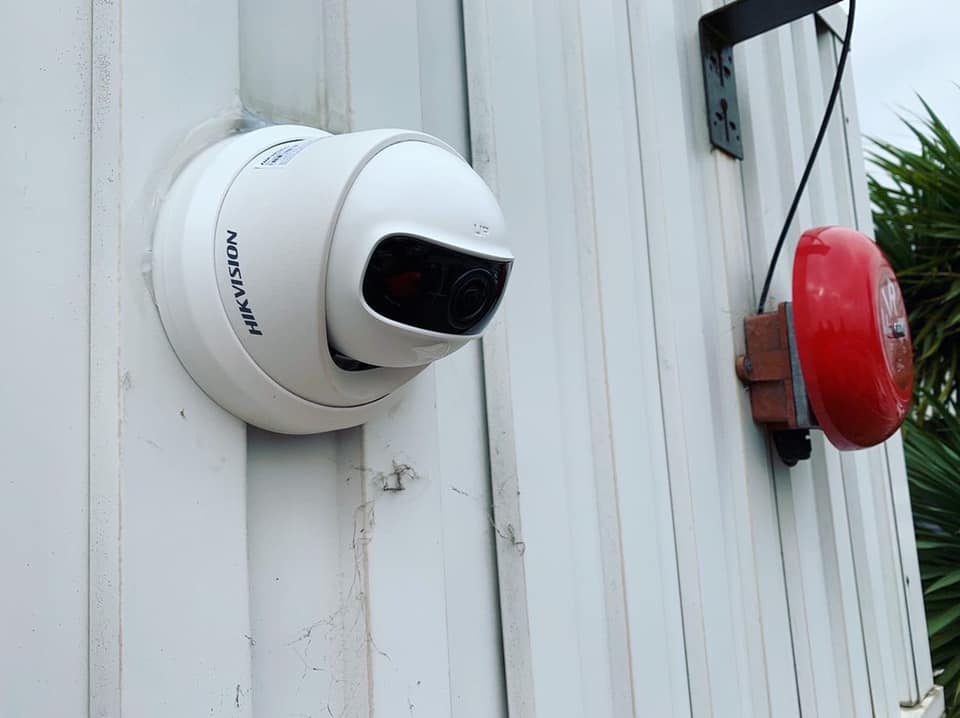
Access control systems are not typically regulated by government agencies in the same way that other security systems, such as fire alarms or security cameras, are regulated. However, in some cases, access control systems may be subject to regulatory requirements depending on the specific industry or sector in which they are used.
For example, access control systems used in certain industries, such as healthcare or finance, may be subject to regulatory requirements related to the protection of sensitive information. In these cases, access control systems may need to meet certain standards or requirements in order to ensure the security and confidentiality of sensitive data.
In addition, access control systems may be subject to local building codes or other regulations related to the construction and operation of buildings. It is important to consult with local authorities and industry-specific regulatory agencies to determine any applicable requirements for access control systems in a particular setting.
How Often Do Access Control Systems Make an Error?
It is difficult to accurately estimate the error rate of access control systems because it can vary widely depending on the specific system, its design and implementation, and the environment in which it is used. In general, modern access control systems are highly reliable and are designed to minimize errors.
However, like any security system, access control systems can potentially experience errors or failures due to various factors, such as technical malfunctions, human error, or security breaches. For example, an access control system may experience an error if there is a problem with the hardware or software, if a user enters the wrong password or PIN code, or if an unauthorized individual tries to bypass the system.
To minimize the risk of errors or failures, it is important to carefully design, implement, and maintain access control systems according to best practices, and to regularly review and update the system to ensure that it is operating effectively.



